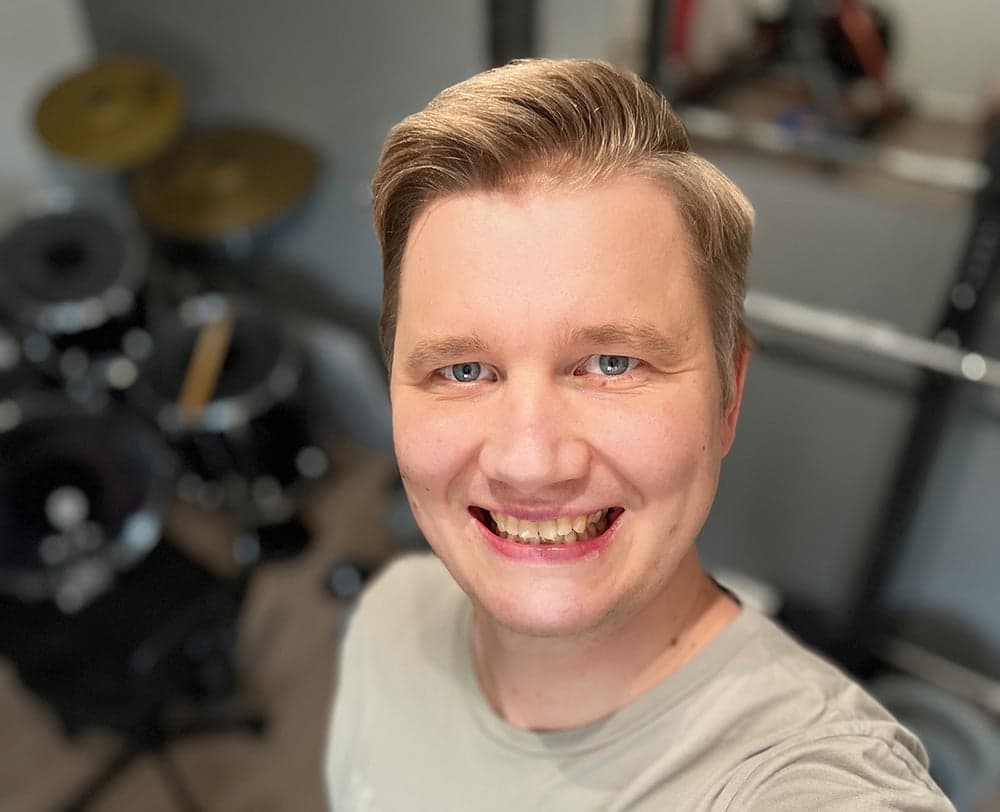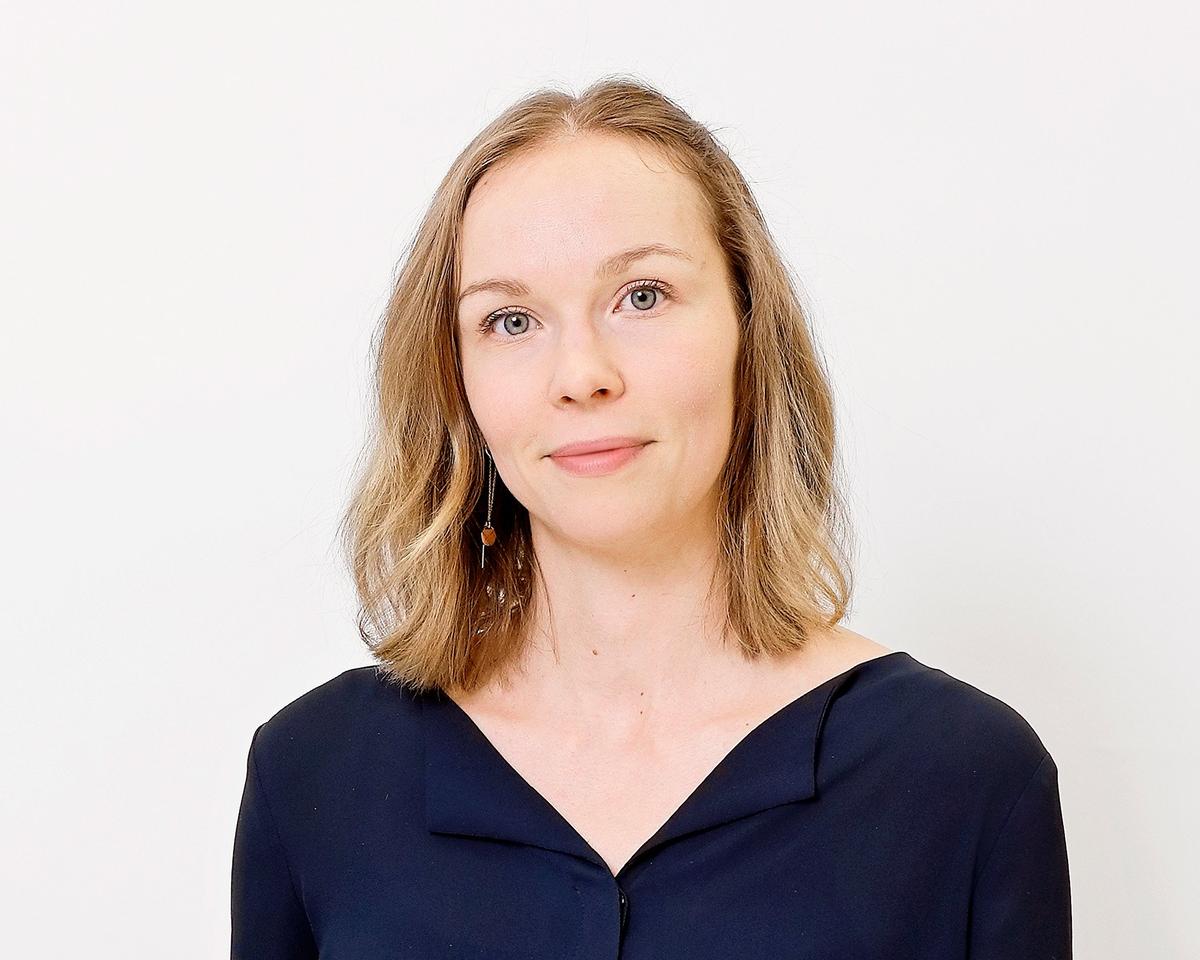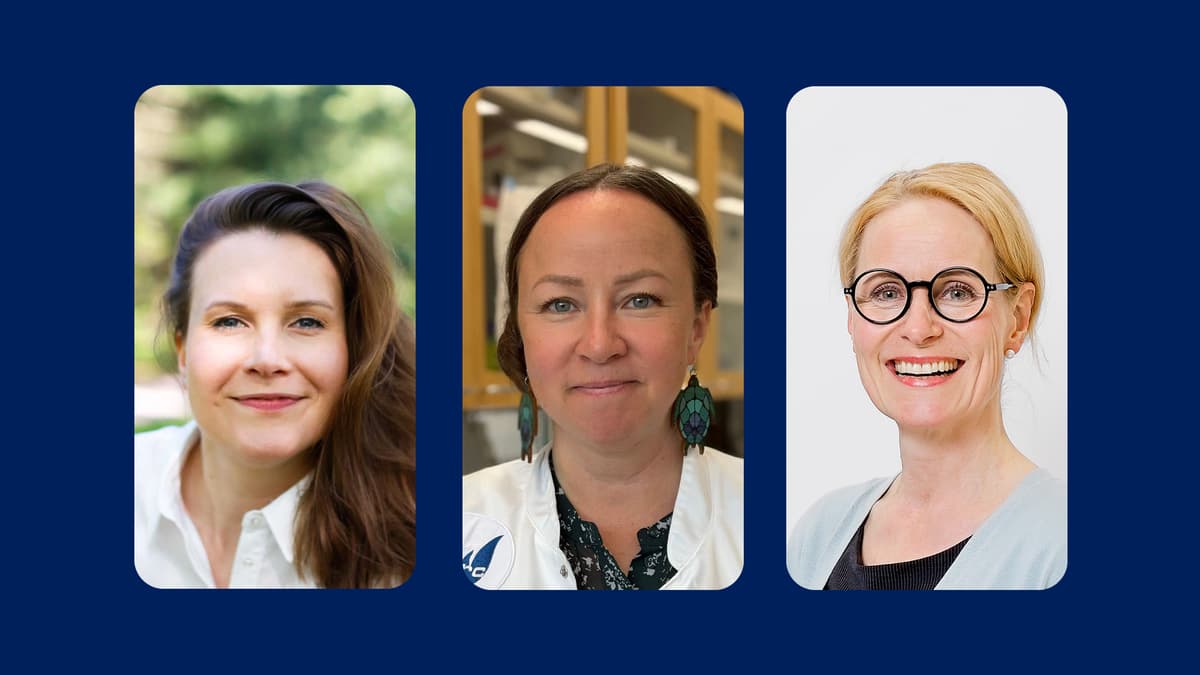"Perhaps AI can offer new solutions to public health problems"

We ask researcher Niko Wasenius about the future possibilities of using artificial intelligence in public health research.
What opportunities and risks do you see in using artificial intelligence in public health research?
In public health research, a vast number of diverse results is published, and I think AI will facilitate the review of these results. Especially for researchers at the beginning of their careers, it can be highly beneficial in making information more accessible. The downside is that we don't know how much we can trust the summaries. The challenge is that the algorithm has always been created by a human, and human errors are therefore built into the language models.
There are AI solutions that, while you are writing a text, look for articles on the topic and suggest source references. The problem is that nobody knows what criteria are used to select the articles. There is a risk that contradictory research results will not be considered, and that the algorithm simply repeats the prevailing paradigm. In research, we strive for objectivity, and research fundamentally involves testing boundaries.
I believe that AI can eventually speed up the research process and allow a researcher to publish results at a higher rate. Many publications are considered a sign of a successful researcher, in both medicine and public health sciences. There is, of course, a risk of misuse and a risk that humans become lazy and rely on the machine knowing better than humans.
What challenges in public health issues do you think AI can propose solutions to?
The public health problems have been quite the same over the past hundred years, namely obesity, inactivity, dietary issues, lack of sleep, and stress. Perhaps AI can offer new solutions to these problems. The question is whether we will accept the solutions if we do not have the capacity to understand how AI arrived at them and if they go against our common sense.
In public health research, we have long been looking at whether X explains Y, whether X is linked to Y, or whether the combination of X and Z affects Y. We focus on one thing at a time. AI may facilitate understanding more complex relationships.If we have good enough data to work with, AI may be able to identify groups of people and discover the most crucial factors leading people to a particular situation. We can compare it to a tree. Right now, we might know that the tree has lost its needles, and then we discover that the more needles the tree has, the more needles it can lose. Perhaps AI can make us realize that there is an entire forest full of trees, and many different factors influence when a tree loses its needles. That's where I see great potential with AI.
But the question is how we use that information. The biggest public health challenge, as I see it, is to change people's behavior so that they act in a way that benefits their own health. Humans don't work that way.
You do research in how physical activity affects aging; how do you think AI could be used in your own research area?
I believe that AI-based indicators of biological ageing can be developed, so that a blood sample can tell you what is happening in the body's metabolism, without having to take tissue samples. This provides an index describing a person's health, and this index can be monitored to see how changes in lifestyle affect health. Such indices might be used in research. The question is whether they will come into clinical use, hardly in primary care anyway.
Many people are interested in monitoring their health and willing to pay for it. For some, it is essential to be able to follow that an index is moving in the right direction, and for them, this may be a good way to monitor their health and how changes in behavior affect it. Other people are not at all interested in this type of monitoring and figures. The challenge for those who want to develop this in the field of public health will be to gather enough data of sufficient quality so that there is material for machine learning training. Research data cannot be used for such purposes; it is ethically impossible.
Läs artikeln på svenska här

Heidi Furu
Science communicator
Administration
+358 44 488 3086
Contact us

Niko Wasenius
Senior Scientist, Project Leader
Public Health



